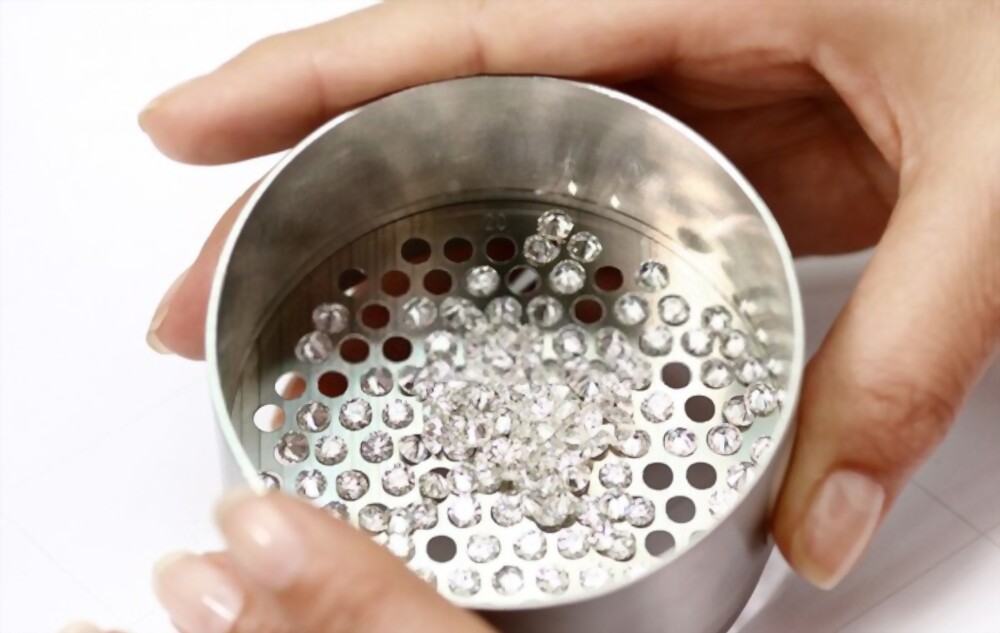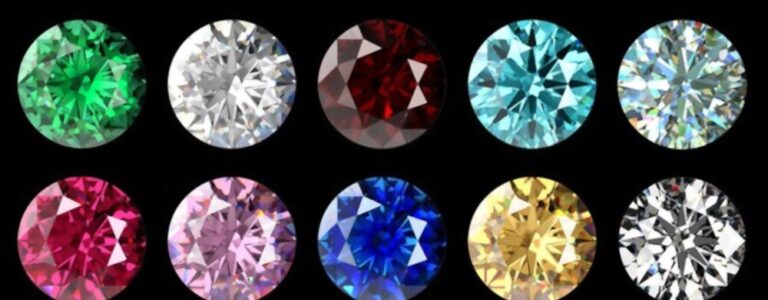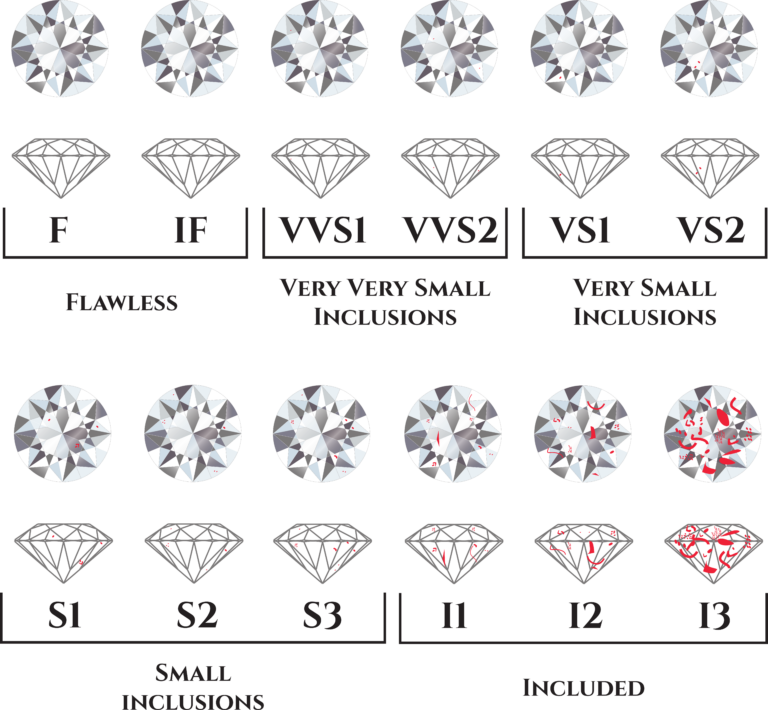Diamonds are valued according to four main characteristics, the famous 4Cs – Color, Clarity, Cut and Carat weight. Each of these attributes is used to describe the stones with standard notions in order to compare the stones equally everywhere in the world. This evaluation method has been popularized by the GIA, the most respected laboratory in diamond grading. To attribute a price to a stone, the expert has to take into consideration the 4 characteristics and appraise it depending on its scarcity on the market. However, some specific carat weights do not follow this logic, we call them the Magic Size.

If you take two diamonds that are similar in all points except for a small difference of carat weight, you can have a huge price gap if you pass the Magic Size. For example, you cannot perceive any visual differences between a 0.99 carat (ct) round diamond and a 1.00 ct. however, the price will be much higher for the biggest, making it almost 20%!

So why is it like this?
It’s like television commercials that sell products for 99,99 CHF. The small price difference has a huge impact on the customer decision. Psychologically, you don’t think of reaching 100 CHF and it is easier to spend the money. The logic is kind of reverse for the case of diamond weight. Some numbers sound more important and are more attractive. Therefore, more people want them and their value increases. It is the case with Magic Sizes such as half carat (0.50 ct), three-quarter carat (0.75 carat), one carat (1.00 ct) and so on. These thresholds mark significant jumps in prices. It can be useful information to find the best diamond in your budget!
Purchasing advice
When you are looking for the perfect stone that corresponds to your budget, don’t hesitate to compare the price of stones with close characteristics. One color or clarity grade, a few points for the carat can have a huge impact on the bill. Furthermore, think about fancy shapes, they are in general less expensive than round brilliant diamonds. If you are interested in diamond shapes, have a look at the article made by Antonia Amoiridou about the subject!




